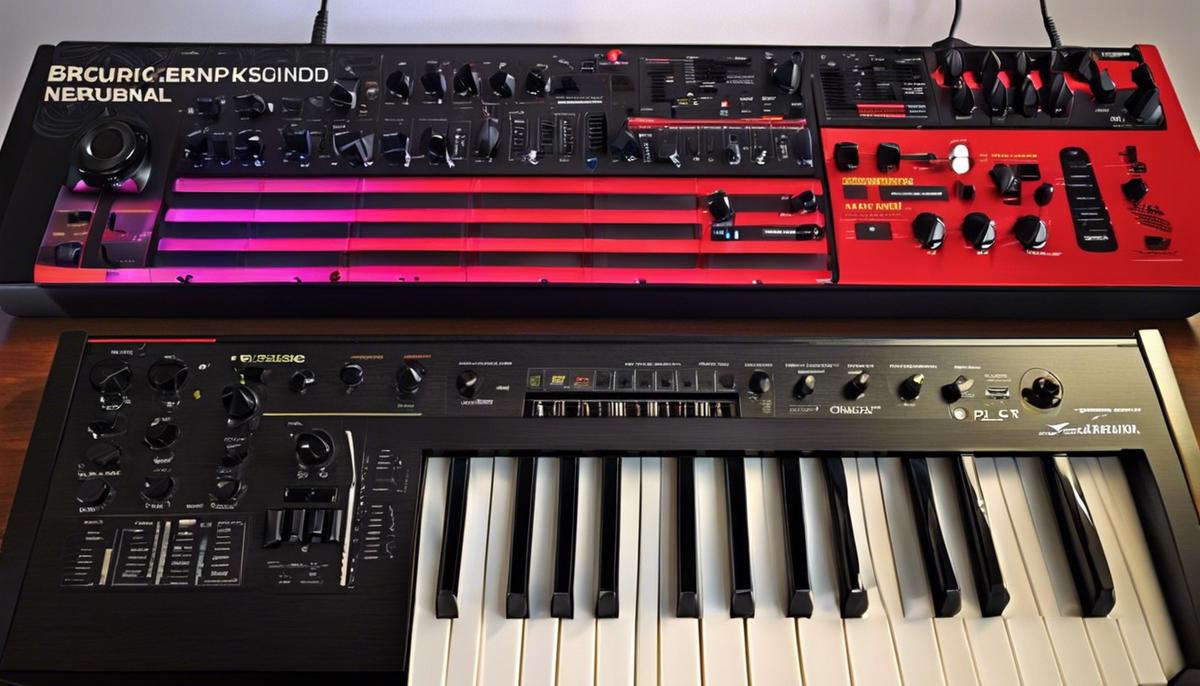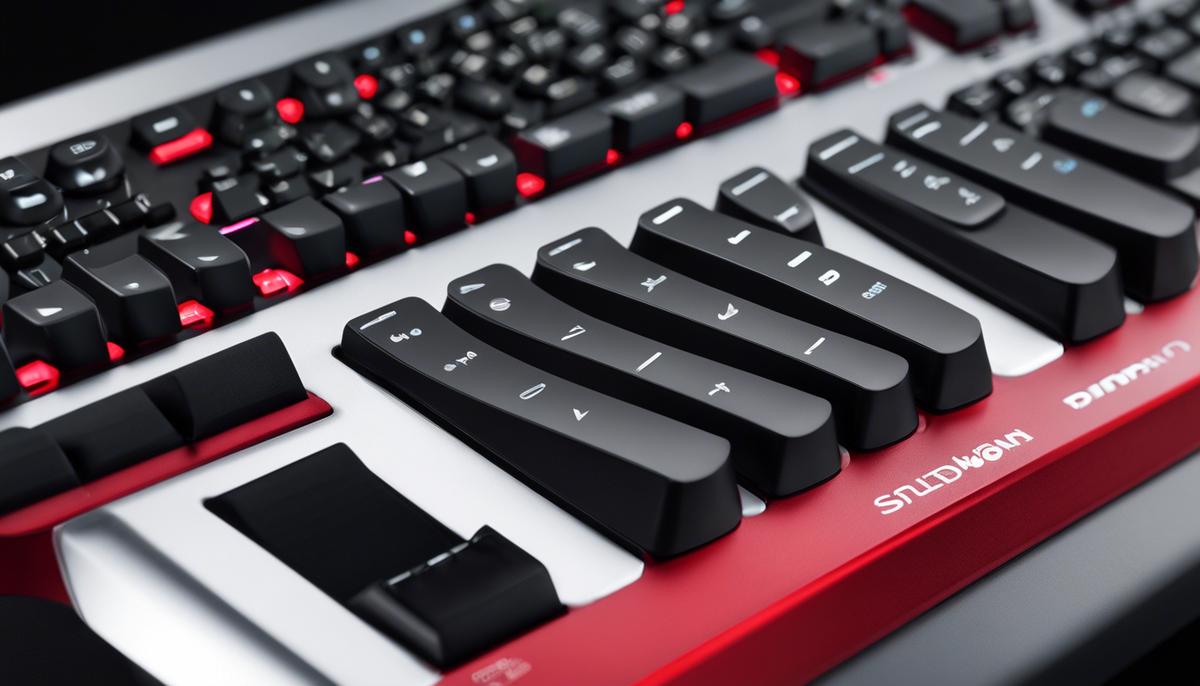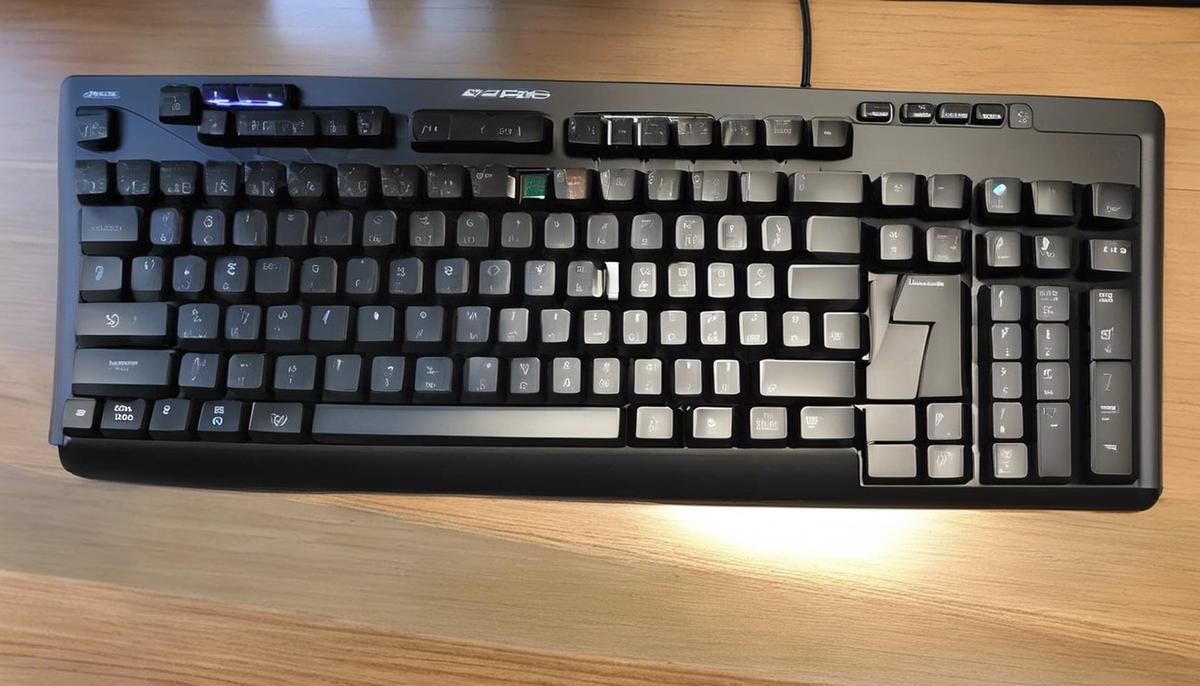Keyboard
15-Key vs. 25-Key Keyboards: The Compact Conundrum Unraveled
In the era of digital mobility, creatives and technophiles alike are seeking ways to blend productivity with portability. The 15-key and 25-key keyboards offer two distinct paths on this quest, each forging its own balance between compact design and functional depth. As we explore the nuances between these two types of keyboards, we’ll uncover the myriad of ways in which they cater to diverse needs. Whether you’re a traveling professional requiring tools that conform to a dynamic lifestyle, or a home studio enthusiast arranging intricate compositions, understanding the impact of key count on your workflow is essential. Let’s delve into the merits and considerations of these compact controllers, investigating how each aligns with the modern drive towards an efficient, yet portable setup.
Portability and Space Optimization
When it comes to electronic keyboards, specifically the 15-key and 25-key varieties, the size significantly influences their functionality and portability. The decision between these two is more than just the number of keys – it delves into the realm of user experience, workspace accommodation, and the nature of the work to be performed.
Starting with portability, the 15-key keyboard is a minimalist’s dream. It’s compact enough to fit into most backpacks and laptop cases. It’s ideal for musicians and producers who are always on-the-go, as it takes up minimal setup space, whether it’s on a cramped coffee shop table or in a tight performance booth. In the same vein, the light weight of these keyboards makes them a breeze to carry around, negating any fear of back or shoulder strain during transport.
Moving up to the 25-key keyboard, you’re entering a realm where additional keys provide more room for musical expression while still maintaining a relatively portable profile. The added keys make this variant more suitable for playing two-handed parts and expanding melodic range during performances or recording sessions. They strike a balance between the ultra-portability of microcontrollers and the extensive range of full-sized keyboards.
On the functionality front, the 15-key keyboard usually caters to those who need basic input capabilities or are programming drums and bass lines where a one-octave range suffices. This size is ideal for triggering samples or for use as a supplementary controller alongside larger instruments. Think of it as the essential tool for quick, simple tasks that benefit from an uncomplicated setup.
The 25-key keyboard opens up the playing field quite literally, as those additional keys can be a game-changer for a traveling musician or a producer who needs more than an octave but less than a full-scale keyboard. It’s a common choice for those who want increased playability and the option to perform more complex chords and scales without sacrificing too much portability.
To encapsulate, when weighing the impact of size on the functionality and portability of these keyboards, consider the intended use. If brevity is paramount and the work demands simplicity, the 15-key keyboard is the hardware of choice. For a bit more versatility without a significant compromise on portability, the 25-key variant presents a middle ground. It boils down to personal requirements – be it the sheer convenience of carrying light or the necessity of having a couple more octaves at one’s fingertips. Choose wisely based on utility, workspace constraints, and the nature of the performance or production at hand.

Scope of Control and Versatility
Control Customization:
Dive into the universe of control capabilities, and one will discover that 25-key keyboards often boast more knobs, sliders, and pads. This plethora of controls empowers users with immediate hands-on command over their software’s parameters, enabling nuanced adjustments in real-time. Think of synths, equalizers, and effects modulation — a 25-key offers comprehensive control. On the flip side, 15-key keyboards, while more limited in this realm, still deliver essential controls, well-suited for those prioritizing simplicity and ease of use over complexity.
Integration with Digital Audio Workstations (DAWs):
In the DAW environment, adaptability is king. Here, 25-key keyboards frequently include greater integration features. They might offer preset mappings and customizable profiles tailored for popular DAWs, thereby streamlining workflow for the seasoned producer or performer. The 15-key variants, albeit less extensive in integration features, are sufficient for the fundamental DAW functions, and shine in quick setups and smaller studio spaces.
Velocity Sensitivity and Aftertouch:
For players and producers who lean into the expressive potential of their instruments, this detail is pivotal. The 25-key keyboards are often equipped with keys that support velocity sensitivity and aftertouch, giving an extra dimension to performance where pressure and technique influence sound. Such features are occasionally absent in 15-key variants, which can be more binary in their key response, suitable for users whose work centers around basic input rather than expressive performance.
MIDI Functionality:
MIDI implementation is critical for users interfacing with other MIDI hardware or software. While both 15-key and 25-key keyboards will support MIDI connectivity, the 25-key variants commonly offer more extensive MIDI functionality and compatibility. This includes expanded octave ranges and the potential for more complex configurations within setups, a boon for those producing in genres that demand extensive note ranges or for the user operating multiple gear pieces.
User Profiles and Customization:
Personalization can drastically improve workflow, and here the 25-key keyboards have an edge, providing more memory slots for user profiles, and in-depth software to tailor every aspect of the controller to the user’s needs. The 15-key keyboards, in contrast, might offer a more ‘plug-and-play’ experience, catering to those seeking simplicity without the need for extensive custom configurations.
In sum, when delving into control capabilities and adaptability, the 25-key keyboards offer expansive creative potential and integration depth, aligning with users requiring full expression and detailed control. Meanwhile, 15-key keyboards cater to portability, simplicity, and occupy a niche for those who need essential control without the bells and whistles. In both camps, the decision hinges on balancing the need for expressive potential and complexity against the value of simplicity, compactness, and ease of use.

The intricate dance between functionality and form takes center stage when choosing between a 15-key and a 25-key keyboard. The decision rests on a fulcrum, balancing the allure of minimalism against the demands of versatility. The journey to mastering either device is not merely about accommodating your work to the tool, but about shaping the tool to serve your vision. As we embrace the digital revolution with all its promises of connectivity and customization, the power to choose our instruments wisely becomes not just an advantage, but a hallmark of the discerning tech enthusiast and musical artisan. Choosing the right battlefield, be it the size constrained arenas where the 15-key thrives or the expansive landscapes suited to the 25-key, will dictate the pace and harmony of your digital symphony.
Experience the power of Writio, the ultimate AI content writer! This article was crafted by the genius mind of Writio.


